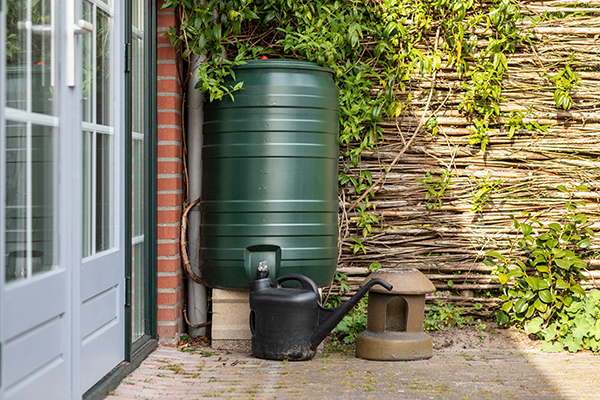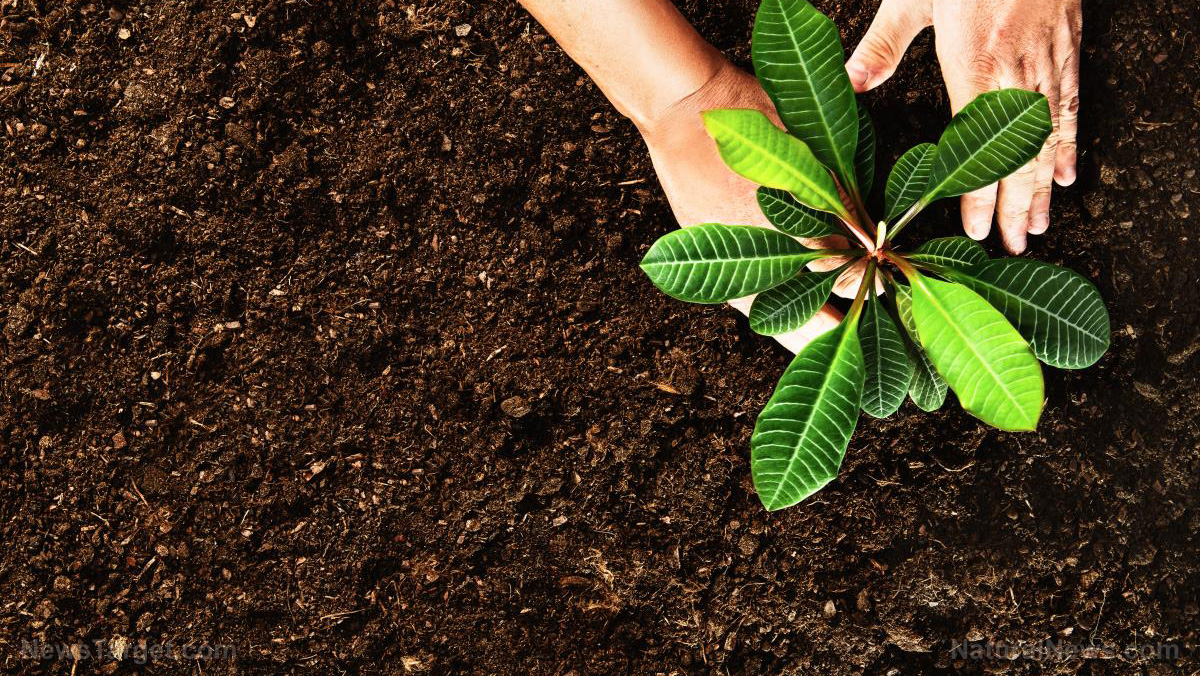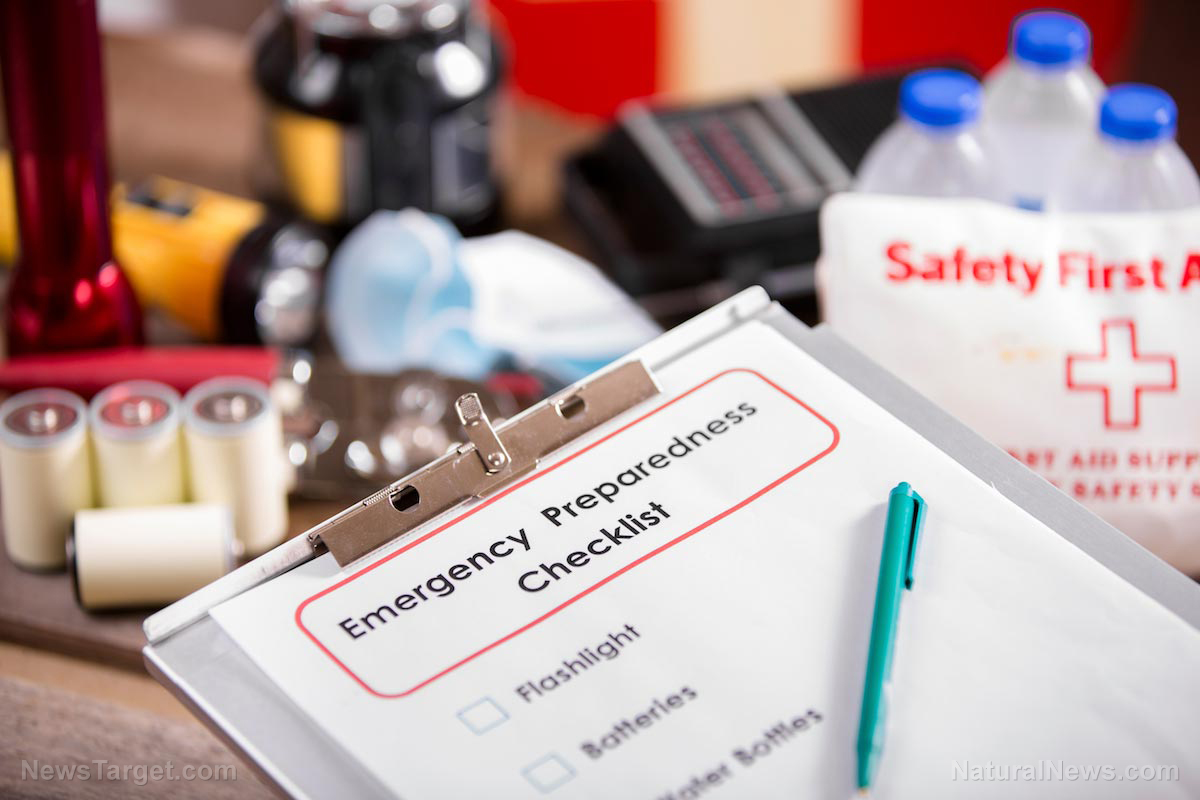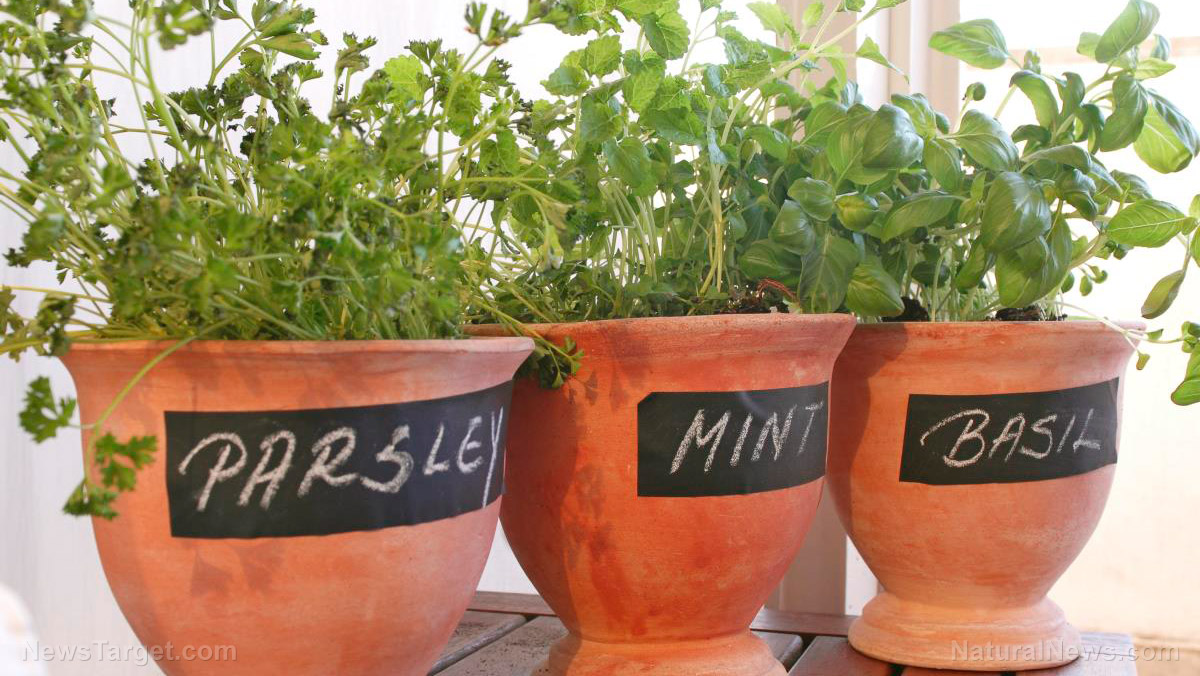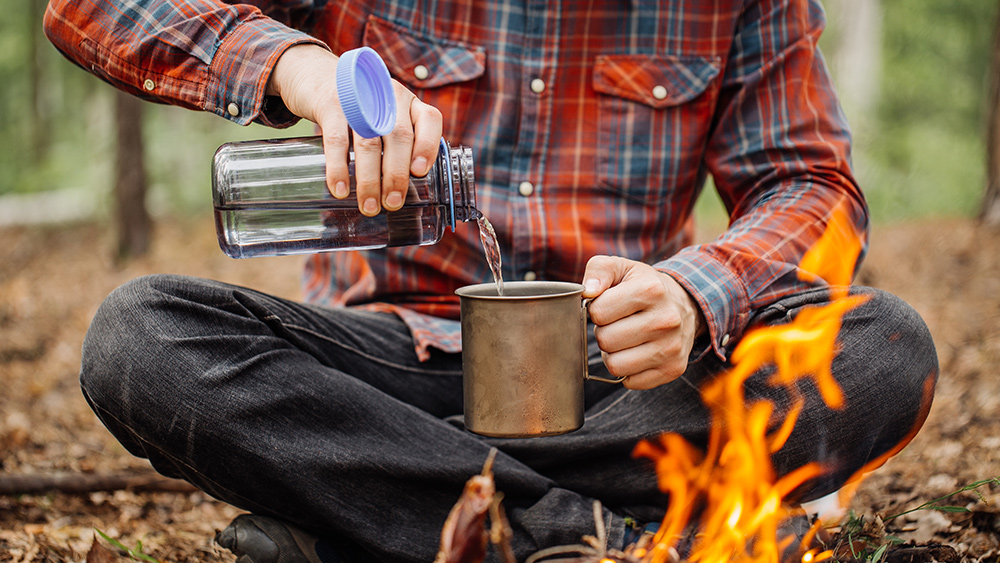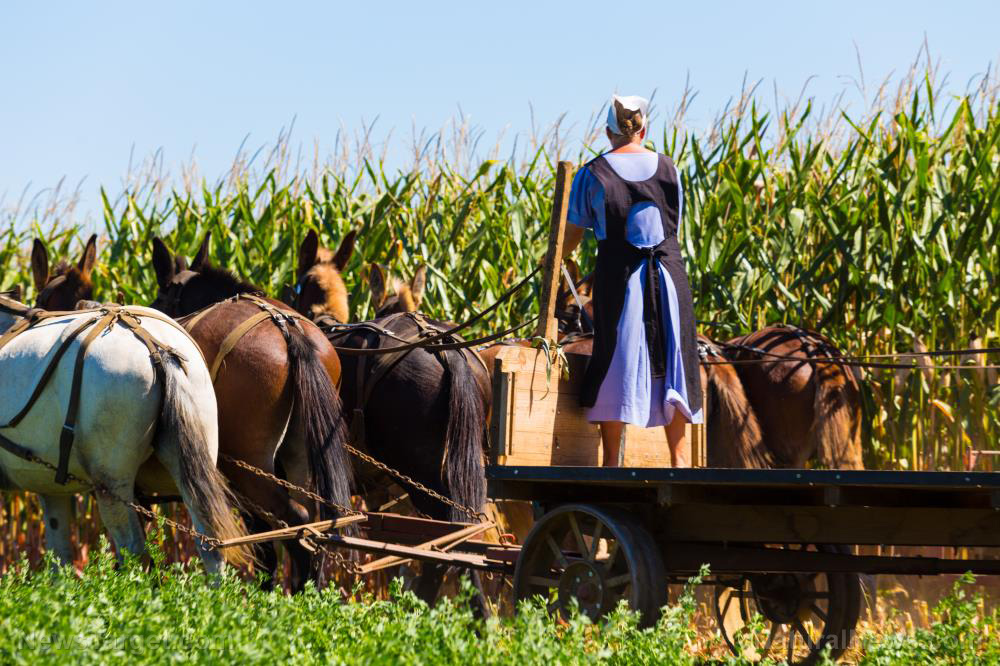Firestarting tips: Can you use pine as firewood?
01/09/2023 / By Zoey Sky

Pine trees are some of the most common trees in North America. As a prepper, you should familiarize yourself with its many uses, which include fire starting. (h/t to TheSurvivalistBlog.net)
Pine is a fast-growing tree that can be planted into tight-fitting plantations for easy harvest. It is used extensively for outdoor projects because its resin gives the tree waterproof and sealing qualities.
Old pine is often used as fuel for campfire or a wood stove. But with many types of wood to choose from, does pine burn well as firewood?
Pine isn’t an effective firewood if you want prolonged heat. Pine burns at a low temperature that isn’t as effective at heating a house. It also can cause extensive creosote buildup in your chimney. But when SHTF, pine can be used for fire starting and other applications.
If you are going camping or preparing a bug-out bag, make sure you have these items in your fire starting kit:
- Ferro rod
- Lighter
- Matches
- Tinder or kindling like dryer lint or cotton balls dipped in petroleum jelly
Store your fire starting tools in a sturdy and waterproof container.
The heat and smoke output of pine
According to the BTU (British Thermal Unit) per cord method, pine firewood has a rate of 17 million BTUs per cord. This means it is at the lower end of the scale for heat strength and energy output.
However, pine can get a fire going strong immediately since the resin in the wood is very flammable. While it burns out quickly, you can use pine to get hardwood pieces started when SHTF.
Note that it’s fine if you’re burning pine wood outdoors, but if you burn it in a wood stove you should watch out for creosote buildup.
Pine firewood produces a lot of black smoke as it burns due to the flammable resin that doesn’t burn completely. The resin also gives off a black, acrid smoke that you don’t want to inhale.
To avoid this, season your firewood properly. Dry firewood burns cleaner than wet firewood. (Related: Survival essentials: 9 Types of fuel you may need in your stockpile when SHTF.)
Is pinewood good for making a coal bed?
Coal beds are the byproduct of firewood burning down into charcoal. These coals help keep your fire going as you add more firewood to your fire.
Note that the quality and type of wood that you use have an impact on the strength and length of time that the coals can contain their heat.
Additionally, pine doesn’t produce any coals of significance, making it a poor choice for use overnight in a stove or outside since you have to stoke the fire and add wood regularly.
If you’re camping during the summer you might have more luck as the ambient temperatures are warmer than in winter. Remember this if you are in a survival situation and are using pine as a firewood source on cold winter nights.
Common pine tree varieties
Here are some common pine tree varieties that you may stumble upon outdoors:
Eastern white pine (Pinus strobus)
Eastern white pine is the most common type of pine tree. It has clusters of five-needle fascicles that erupt from the branches.
These needles are soft, like bristles on a paintbrush. The wood from this pine tree is ideal for getting an outdoor fire going because it is full of flammable resin.
Use dried-out pine needles as a natural fire accelerant.
Jack pine (Pinus banksiana)
The jack pine doesn’t grow straight, like the pitch pine. It lives in rocky soil and can stand for a long time.
Jack pine has two needles per fascicle. It can be confused with red pine, but jack pine has old, weathered bark, with cracks running through it.
Jack pine usually has gray or brown bark while red pine has red bark. It is an average burning pine that can provide short bursts of heat.
Ponderosa pine (Pinus ponderosa)
Ponderosa pine is widely distributed and can be recognized worldwide. It has a red plate-like bark that interlocks with itself.
Ponderosa pine is heat-resistant so it will take a little while to start burning. However, this also means it burns a little longer than other pine varieties.
Red pine (Pinus resinosa)
Red pine is used to make telephone poles. This tree grows very tall and straight, which makes them ideal for poles and timber.
Red pine has a more intense resin within it and a strong turpentine smell.
If SHTF and you see a downed red pine, cut off a branch or cut into the stump to get resin-impregnated wood that is both flammable and waterproof.
The dangers of burning pine wood
Creosote is the build-up of black carbon that appears in your chimney because of incomplete burning from low-temperature fires. Accumulating creosote is unavoidable when burning any type of wood, but you can control how much you accumulate by choosing the right wood for your fire.
Wood with a lot of sap or resin will create lots of creosote because not all of the particles will burn up and get transferred with the smoke up the chimney.
If you are exclusively burning softwood in a wood store or fireplace, you will have to clean your chimney out monthly, depending on how often you use it. Don’t let it build up because this can cause a blockage that will get hot and result in a chimney fire.
If using pine firewood, make sure it is dry. This will also help reduce smoke production and avoid creosote buildup.
If the wood is wet, it will produce more smoke because the fire will evaporate excess moisture in the fuel.
Before SHTF, learn how to identify pine wood so you can start a fire and stay warm.
Watch the video below to know about 13 different ways to start a fire without a match or lighter.
This video is from the Alex Hammer channel on Brighteon.com.
More related stories:
Prepper essentials: 50 Emergency items to stock up on before disaster strikes.
7 prepping projects that you can work on this spring.
Fire is a versatile survival asset – Here’s a list of things you can cook over it.
Sources include:
Submit a correction >>
Tagged Under:
bug out, fire starter kit, firestarting, firewood, green living, homesteading, off grid, pine, preparedness, prepping, prepping tips, SHTF, survival, wilderness survival
This article may contain statements that reflect the opinion of the author
RECENT NEWS & ARTICLES
Homesteading.News is a fact-based public education website published by Homesteading News Features, LLC.
All content copyright © 2018 by Homesteading News Features, LLC.
Contact Us with Tips or Corrections
All trademarks, registered trademarks and servicemarks mentioned on this site are the property of their respective owners.


